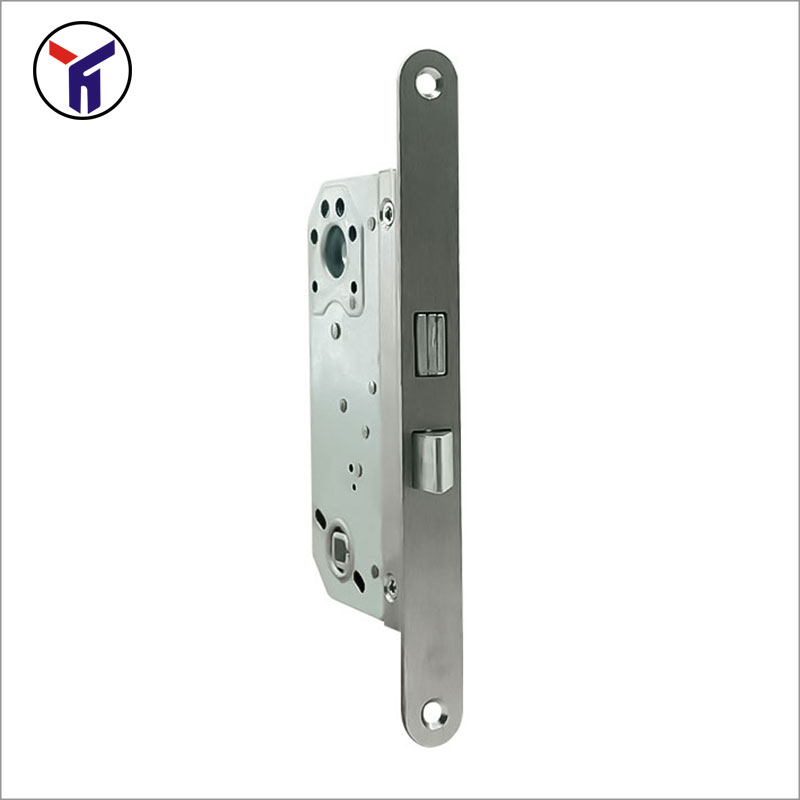What Are the Different Types of Door Locks?
2022-02-15
What Are the Different Types of Door Locks?
1. Knob Locks
Knob locks are the most common type of door lock available and the chief security method for most doors. The lock cylinder is located in the knob itself instead of the door. Thus, knob locks should not be used on external doors, as they can be easily broken into with basic tools like a hammer or wrench.
2. Cam Locks
Cam locks consist of a fastener with an attached arm, or cam, that rotates to lock. They are cylindrical and have a metal tube with a hole in one side that helps position the bolt when it is inserted.
These door locks are typically used in vending machines, file cabinets, desks or display cases to prevent unauthorized access. In fully constructed cabinets, they are invisible for the most part. Certain cam locks secure cabinet doors completely, making them attractive for safeguarding sensitive materials.
3. Deadbolt Locks
Deadbolts offer even stronger protection against burglary or break-in. They have lock bolts that move with the turning of a knob or key without a spring. Their unique locking mechanism is better equipped to resist physical attacks, battering and boring, making them less susceptible to a knife or hand tool.
Deadbolt locks come in three primary types: single, double and vertical. Single-cylinder deadbolts are the simplest and can be activated from one side via a key. Double-cylinder deadbolts can be used with a key from both sides. Vertical deadbolts operate similar to single and double deadbolts, but the lock moves up and down instead of horizontally. This orientation is more resistant to forced entry via prying with a tool such as a crowbar.
4. Padlocks
Padlocks are freestanding. Unlike other lock types, they are portable and are not permanently attached to a door or container. They come in a variety of models that are grouped into two main categories: keyed and combination. Keyed padlocks also have a number of subtypes, including keyed alike, keyed differently and keyable.
Padlocks are easy to recognize due to both their mobile nature and their looped-handle shackle shape. They may be designed with raised shoulders around the shackle, also known as guarded or shrouded padlocks, to inhibit bolt cutters from cutting through them.
5. Mortise Locks
Mortise locks are powerful locks used on external doors and are available in light-duty and heavy-duty models. They comprise an internal system, making them more of a lockset than a lock.
These locksets can house either knobs or levers and provide more security than cylindrical locks alone. They are threaded and utilize mortise components added within the door. The box lock is set within a deep recess, or mortise, in the edge of the door and secured using a set screw and a cam, creating the locking mechanism. The cylinder component comes in various heights and lengths to suit different types of doors.
6. Keypad Locks
Keypad door locks can be opened using an attached numerical keypad rather than a key. They can be battery-powered or mechanical and generally utilize deadbolt locks, knob locks or mortise locks for the actual locking mechanism. These door locks offer enhanced versatility and enable entry without a key, although many also contain keyholes for alternate unlocking mechanisms. Some keypad locks allow for multiple custom codes, so building managers can easily restrict access.
7. Smart Locks
Smart locks are versatile electronic door locks that allow for more ways to lock and unlock a door. While many smart locks come with a keypad and have a keyhole, the main benefit of a smart lock is the capability to be locked and unlocked with a phone or key fob. Many smart locks are also Wi-Fi- or Bluetooth-enabled and can connect to home automation services. These locks require power to use the connected functions and need regular battery replacements.
Previous:What is a magnetic lock (maglock)?
X
We use cookies to offer you a better browsing experience, analyze site traffic and personalize content. By using this site, you agree to our use of cookies.
Privacy Policy


